Everything we know about the Israel and Hamas ceasefire deal in Gaza
Some Israeli hostages are set to be released on Sunday as the first phase of the ceasefire takes effect
Your support helps us to tell the story
From reproductive rights to climate change to Big Tech, The Independent is on the ground when the story is developing. Whether it's investigating the financials of Elon Musk's pro-Trump PAC or producing our latest documentary, 'The A Word', which shines a light on the American women fighting for reproductive rights, we know how important it is to parse out the facts from the messaging.
At such a critical moment in US history, we need reporters on the ground. Your donation allows us to keep sending journalists to speak to both sides of the story.
The Independent is trusted by Americans across the entire political spectrum. And unlike many other quality news outlets, we choose not to lock Americans out of our reporting and analysis with paywalls. We believe quality journalism should be available to everyone, paid for by those who can afford it.
Your support makes all the difference.Israel and Hamas have finally agreed on a ceasefire deal to end the brutal 15-month conflict in Gaza, which will see the release of some Israeli hostages as soon as Sunday.
Just days before US president-elect Donald Trump takes over from president Joe Biden, the breakthrough was achieved this week after tense talks in the Qatari capital of Doha.
Despite hours of uncertainty on Thursday as to whether the deal was jeopardised following Israeli prime minister Benjamin Netanyahu’s claim Hamas had “reneged” on details of the truce, Israel has now said it has approved the deal to go ahead as planned.
The deal, which was ratified by the Israeli cabinet early on Saturday, will see a ceasefire, an exchange of hostages and prisoners, the withdrawal of Israeli troops and return of displaced Palestinians.
It has now been announced that the ceasefire will go into effect at 6.30am (GMT) on Sunday before playing out in three phases, with Israel confirming it will be releasing more than 700 Palestinian prisoners in the first phase, some jailed for years, in return for the hostages.
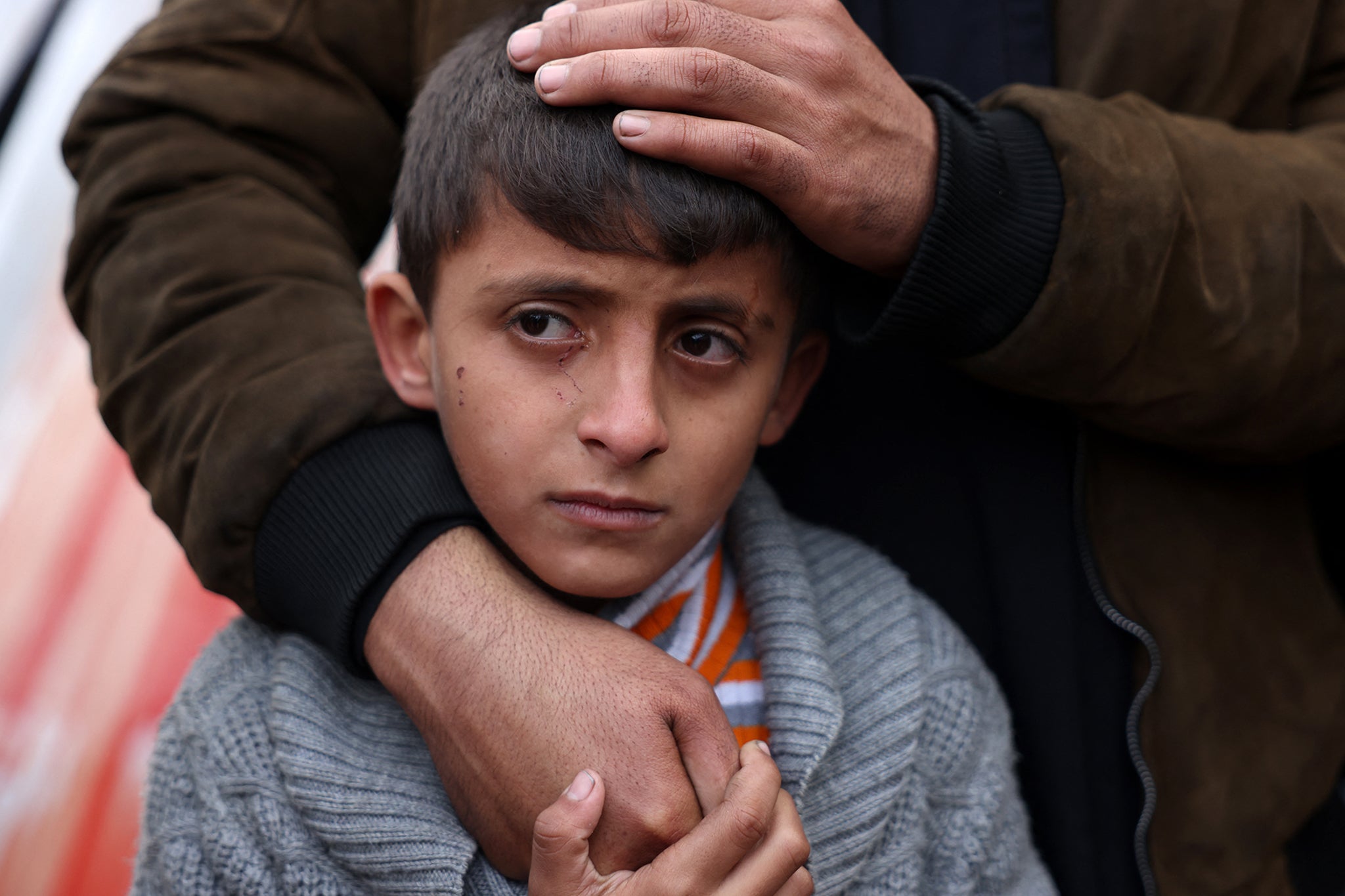
The conflict started after Hamas killed around 1,200 people in a terror attack on southern Israel on 7 October 2023, and abducted another 250.
Around 94 Israelis are still being held captive inside the Gaza Strip, and the military believes at least a third of these are dead.
In response, Israel launched a devastating bombing and ground campaign in Gaza, killing more than 46,000 Palestinians, according to Gaza’s health ministry.
Here is everything we know about the deal:
First phase
The first stage will last six weeks from 6.30am (GMT) on Sunday and will see “a full and complete ceasefire”, US President Joe Biden said as he confirmed a deal had been reached on Wednesday.
Up to 33 of the nearly 100 hostages would be reunited with their families and loved ones during this period. At least three would be released each week and the remainder before the end of the six weeks.
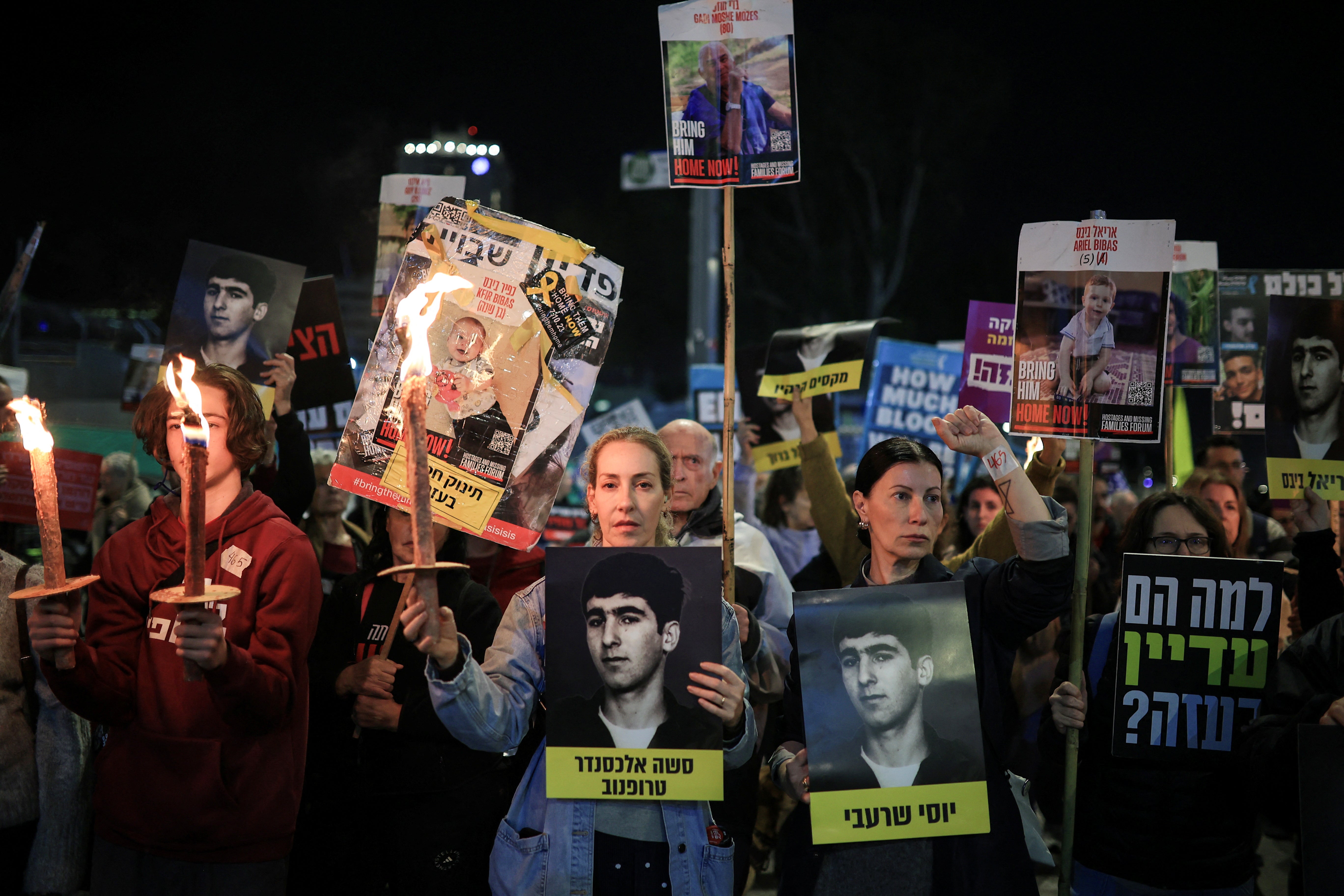
Living hostages will be released first, followed by remains of dead hostages. Hamas has agreed to free three female hostages on Day 1 of the deal, four on Day 7 and the remaining 26 over the following five weeks.
At the same time, hundreds of Palestinian prisoners will be released, with all on the list for the first phase either younger of female.
Israel will release 30 Palestinian detainees for every civilian hostage and 50 Palestinian detainees for every Israeli female soldier Hamas releases. The total number of Palestinians released will depend on hostages released, and could be between 990 and 1,650 Palestinian detainees including men, women and children.
Israel’s Justice Ministry published a list of 737 Palestinian prisoners who are to be released under the ceasefire deal just hours after its Cabinet approved the agreement. It added that the Palestinian prisoners would be released no earlier than 4pm local time on Sunday (2pm GMT). The list includes members of the Hamas and Islamic Jihad militant groups, some of whom are serving lifetime sentences and are convicted of serious offenses such as murder.
However, it did not appear to include Marwan Barghouti, the 64-year-old who is the highest-profile prisoner held by Israel and seen by many Palestinians as a prime candidate to become their president in the future. Hamas has demanded that Israel release him as part of any ceasefire agreement, a possibility Israeli officials have ruled out.
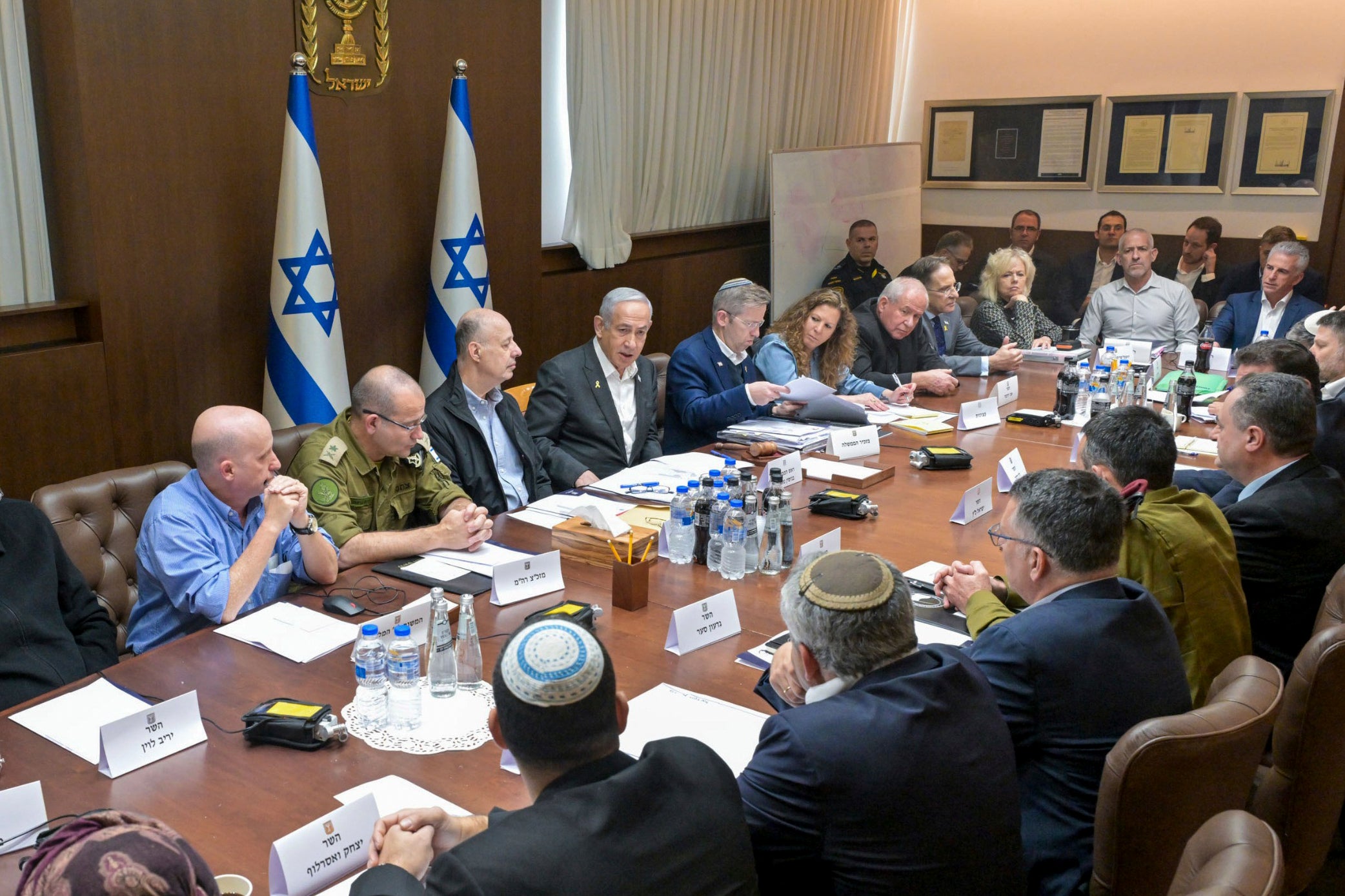
Israeli troops will also pull out of all populated areas of Gaza during the first stage, Biden said, while “the Palestinians [could] also return to their neighbourhoods in all the areas of Gaza”.
There would be security arrangements at the Philadelphi corridor bordering Egypt, along the southern edge of Gaza, with Israel withdrawing from parts of it after the first few days of the deal.
The Rafah crossing between Egypt and Gaza will start to work gradually, allowing the passage of those who are sick and humanitarian cases out of the enclave for treatment.
The agreement also stipulates that aid deliveries to Gaza should rise to 600 trucks daily, surpassing the minimum requirement of 500 trucks that aid agencies deem necessary to address the territory’s dire humanitarian crisis.

Second phase
The second and most difficult phase will mark “a permanent end to the war,” president Biden said earlier this week.
It will include the release of all remaining living hostages, including male soldiers, and Israeli forces would withdraw completely from Gaza.
This would be done in return for Palestinians held in Israeli jails. Of the 1,000 Palestinian prisoners Israel is thought to have agreed to release overall, about 190 are serving sentences of 15 years or more.
The release of the remaining hostages in the second phase will be negotiated during the first. Hamas has said it will not release the remaining captives without a lasting ceasefire and a full Israeli withdrawal.
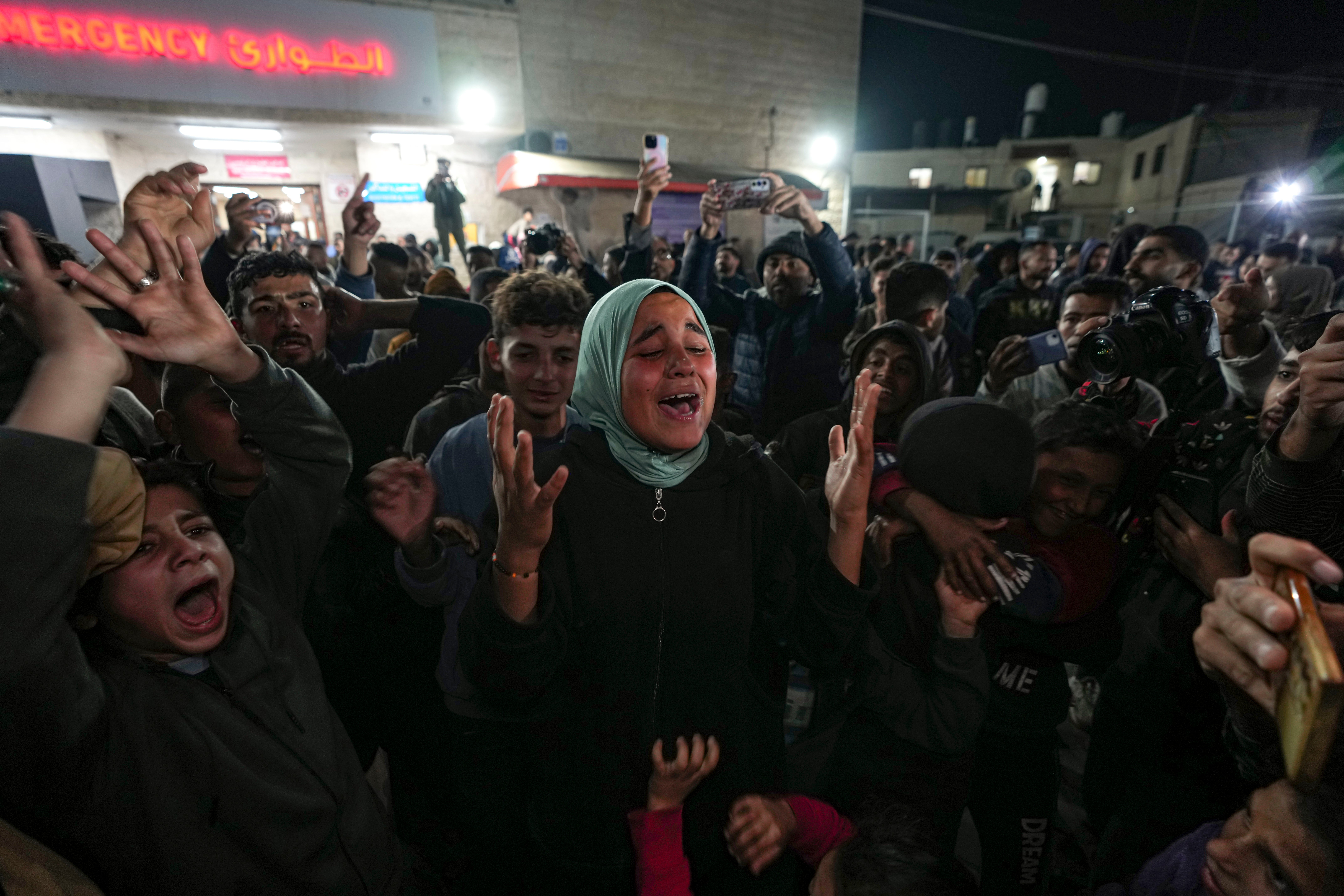
Third phase
The third and final stage would involve the reconstruction of Gaza – something which could take years – and the return of any remaining hostages’ bodies.
The deal requires 600 truckloads of humanitarian aid to be allowed into Gaza every day of the ceasefire, 50 of them carrying fuel, and 300 of the trucks allocated to the north of the strip.
Israel allows aid into the enclave but there have been disputes over the amount allowed in, as well as the amount that reaches people in need, with looting by criminal gangs an increasing problem.
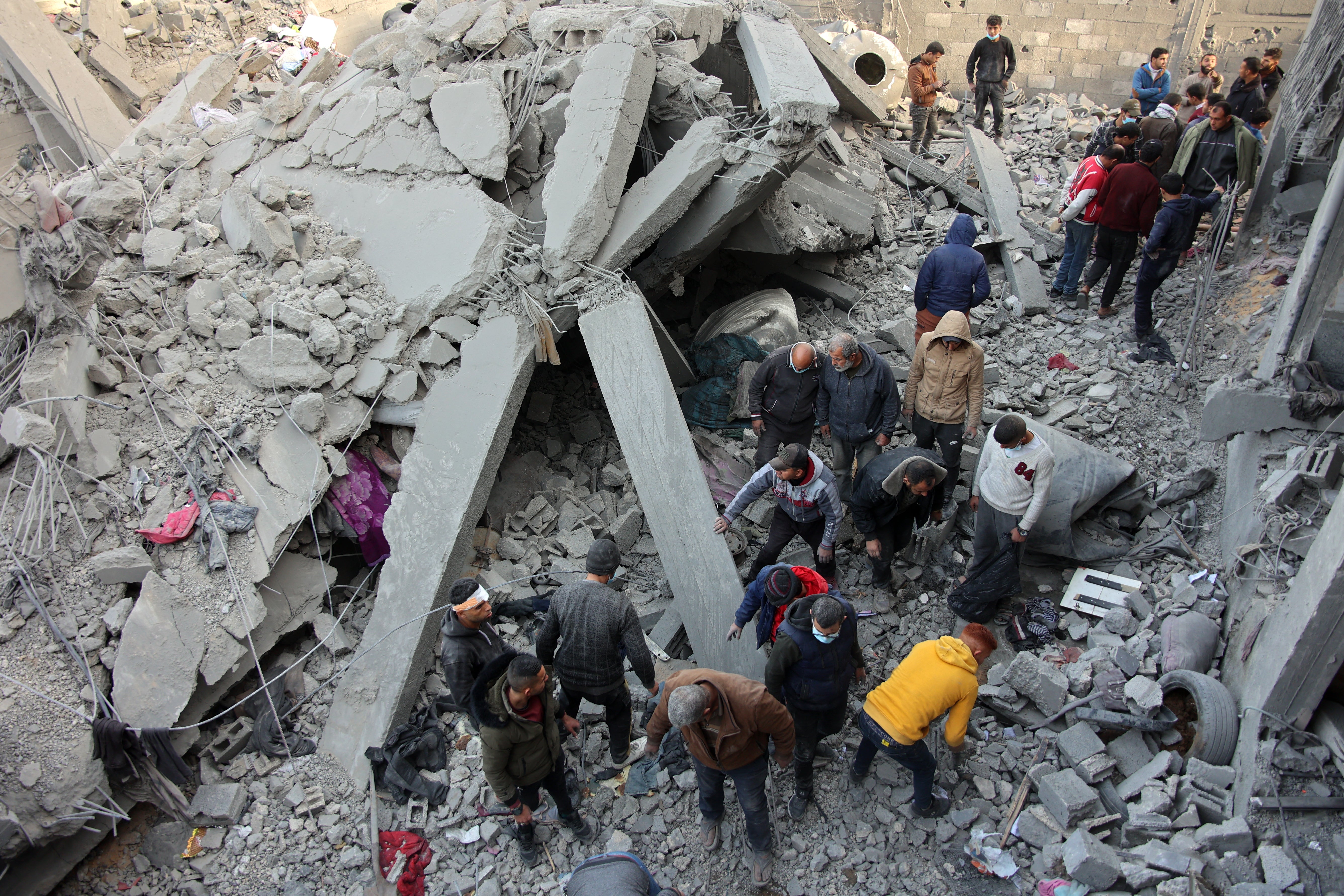
Who will take control of Gaza?
Israel has said it will not end the war leaving Hamas in power. It has also rejected administration of Gaza by the Palestinian Authority, the Western-backed body set up under the Oslo interim peace accords.
The international community has said Gaza must be run by Palestinians, but efforts to find alternatives to the main factions among civil society or clan leaders have proved largely fruitless.
However, there have been discussions between Israel, the United Arab Emirates and the United States over a provisional administration that would run Gaza until a reformed Palestinian Authority is able to take charge.
Reuters contributed to this report

Join our commenting forum
Join thought-provoking conversations, follow other Independent readers and see their replies
Comments